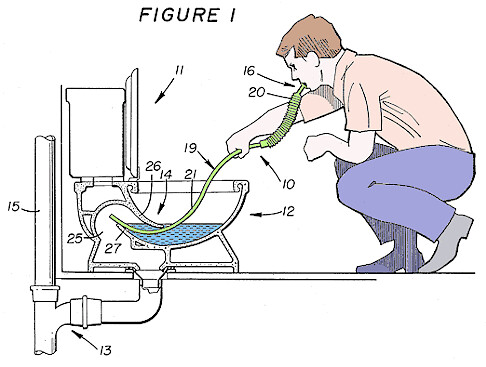A while back, I visited Chocolaterie Tessa, an Austin confectionery with global accolades. The proprietor, Tessa Halstead opened her establishment for a free chocolate tasting and educational presentation. Most attendees were affiliated with the Creative Mornings organization.
After sharing the origin story of her profession, Tessa drew our attention to a squat device sitting on a nearby table. Imagine that a Dalek became romantically involved with water boiler and you’d be in the right visual territory. She described this machine with obvious pride — it was responsible for the international award that one of her caramels had earned in a recent competition.
It was a water-jacketed tempering vat for achieving the optimal temperature in caramel. The delicate interplay between butter and sugar is won and lost with proper heating.
You and I would make caramel on the stove in a pot slapped directly on the burner. If you wanted to be fancy, you’d post up a double boiler and a candy thermometer to keep things in check.
Tessa’s machine is like a laser-guided heat-seeking ballistic missile compared to the primitive fire power of the cottage confectioner.
This device, this tool is designed to allow artisans such as Tessa to achieve remarkable outcomes.
In my experience, when people talk about design, they talk about outcomes. Very rarely do we discuss tools as outcomes themselves.
Tool design is often a response to a specific need, not an original pursuit. A dull knife will suffice in a pinch. A mangled screwdriver is serviceable, though not preferred.
We make do with the tools at hand, because what matters is the outcome.
Step back and think about tool design for the outcomes you are responsible for. As a professional, you know how to get things done. The tools you use are a means to an end, not an end in themselves.
The trouble with this thinking is that it leads people to overlook opportunities to redesign their tools. When you change the process, not just with sharper knives and crisp screwdrivers, but with radical new approaches to the tooling itself — you open up wild possibilities.
Consider your tools. The caramel reflects the temperature of the vat. The floorboard holds an inverse image of the saw’s teeth. The word document follows the constraints of the document processing software.
Tessa uses a water-jacketed tempering vat to create an award-winning caramel. Her tool facilitates an exceptional outcome. Tools and process are integral; they might be euphemisms.
The transformative possibilities come when you attempt to reach the same outcome with unfamiliar means. Perhaps designing new tools can lead to completely unprecedented results, not just the same old things made better, faster, cheaper, stronger.

